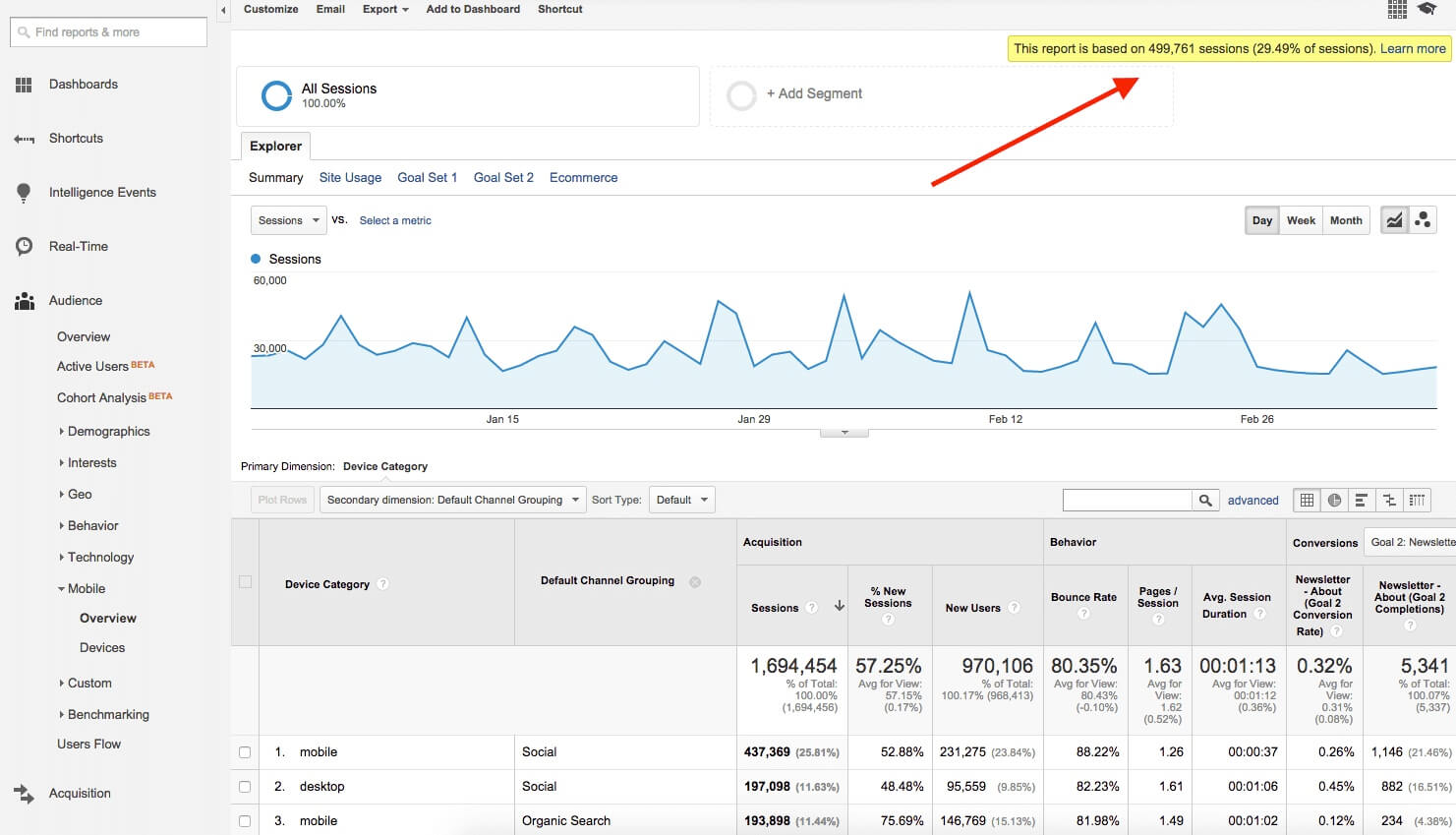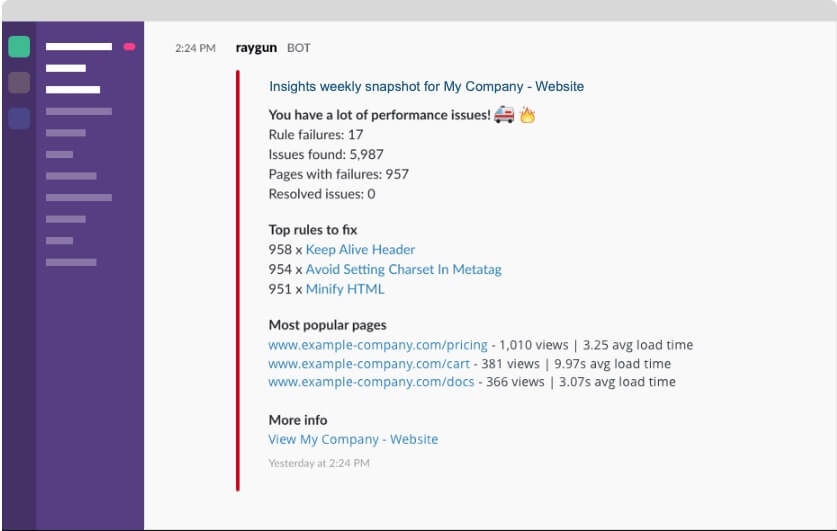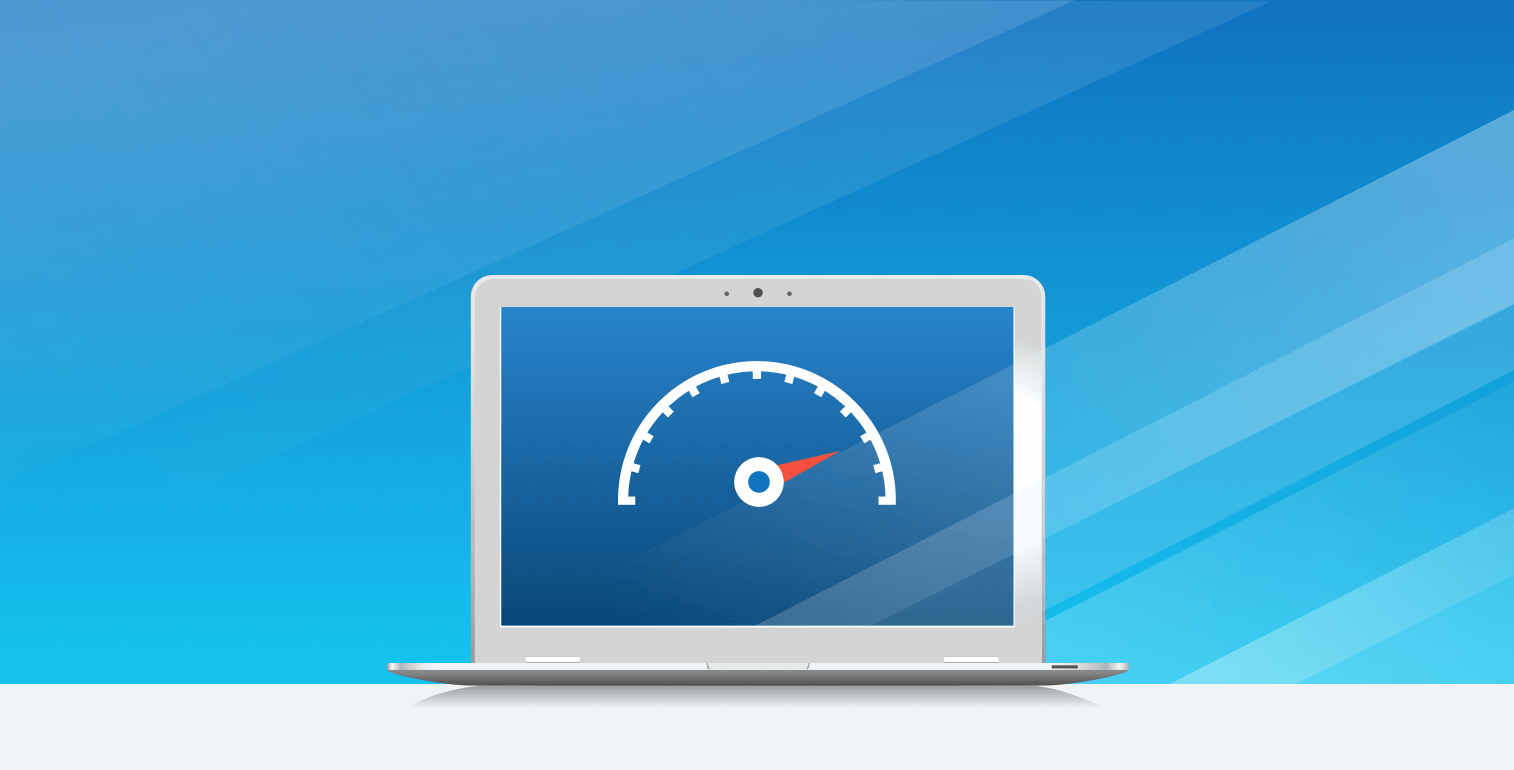How Real User Monitoring differs from Google Analytics
Posted Jan 12, 2017 | 5 min. (934 words)Last updated 2019 to include APM
Real User Monitoring is not a competitor to Google Analytics. Nor should one be a replacement to another. In fact, they compliment each other. Real User Monitoring and Google Analytics serve different purposes. Here are seven reasons why you’ll want both running alongside each other.
1. Network requests, AJAX calls and more
Google Analytics focuses on pages, but not so much what the page does. Real User Monitoring collects AJAX call timings (web) and also all network requests (mobile). All this happens automatically.
These days, with richer web applications and network connected mobile apps, it’s important to understand the impact of these calls. Often where the performance impact occurs, it also drives customers away.
2. Not just sampled data
Google Analytics is a high-level analytics package. While it collects all the data, it often samples it for reporting purposes. You can see this in the upper right-hand corner of reports. It will often show you a percentage of the information within each report, especially in larger data sets.

If you change the time ranges, numbers can look different. For example, traffic for last Tuesday can look entirely different over a monthly period). Real User Monitoring reports give you clarity on what’s impacting your application across your entire data.
3. User identifiable data, if desired
There is also no user identifiable information in Google Analytics, just aggregates of trends. People become numbers and rolled up in stats. It’s great for high-level charts, but not insights around performance for individual users.
Real User Monitoring can give a 30,000-foot view, all the way down to the data of single user interaction.
4. Real User Monitoring tracks people, not just numbers
Real User Monitoring allows you to drill into individual sessions to see what the user’s navigation path was. This includes device details, operating system, location and where they encountered problems. This micro level view allows you to answer questions like:
- Where exactly did this user encounter a slow loading page?
- What caused the problem to happen to this user?
- What was their journey path before encountering the problem?
- Was their whole session poor or just a single page/view?
- Was their device, connection speed or location a factor?
See how all of these questions are user specific? That’s the power of Real User Monitoring.

Real User Monitoring shows you exactly who the user is (if you’re using user tracking capabilities). Searchable by email address, this can make debugging customer support requests a breeze!
5. Performance data for every page, asset, or mobile view
Real User Monitoring offers performance timings for every page of your application, with a full waterfall view of assets. This is powerful data but made even more powerful due to it being from the specific user sessions of customers interacting with your application.

6. Seamless integration with crash and error data
Raygun also offers Crash Reporting and Application Performance Monitoring (APM) which monitors your applications for when users experience an unhandled error or your application crashes completely. Again this can be tracked at any individual user level.
Each user gets their own profile, with a full history of errors and crashes that they have experienced. If you are using both Crash Reporting and Real User Monitoring, this data can be cross referenced with any crash report the user experienced.
Using this information, the Raygun Platform can tell you:
- John Smith started a session in my application
- He navigated to through this set of pages
- Looks like he encountered these performance issues
- An unhandled exception caused a bad user experience
- He left the application at this point
Looks like John had a bad session and experienced several problems with our application. Did this only happen to John, or do these issues affect many of our users? Or everyone using a specific version of our app?
With Real User Monitoring, we can track if our highest value customers have been experiencing issues. As this is personally identifiable, something you simply cannot do with Google Analytics, we can see if users are getting stuck from completing key actions like payment or checkout steps.

All this information allows us to get to work finding the issue in our code and fixing it promptly. Once the fix is deployed we can use Raygun’s deployment tracking capabilities to see if we fixed the issue (or created new ones!).
Raygun can also break down the full performance timings from all user sessions, and then total them into the reports on the Performance tab. This is something that Google Analytics doesn’t do at all.
7. Weekly actionable insights into your website performance
Insights, a feature of Raygun Real User Monitoring, scans your website weekly and highlights problems that impact performance. Each insight includes advice on how to resolve the issue. Insights ensures if you release problems into production, they get picked up and brought to your attention.

Insights also offers email notifications as well as Slack notifications, making sure your whole team are alerted to problems as soon as issues are detected by Raygun.

So how different are Real User Monitoring and Google Analytics?
Very different! It just happens that both include browser, platform and device data. Real User Monitoring, however, will give you so much more. In many ways, the Raygun Platform is the central nervous system of your entire software product! Integrating Raygun with your existing tools mean you’ll have a much better handle on what’s working and what isn’t with your software investment.
You’ve nothing to lose either, just add a quick code snippet to your application and take advantage of our free trial.


